I live in a 720SF home built in 1950. Basement is the same size (24 x 30Â). When I bought the home, basement was dry. Paint on floor was not peeling. Within a few months of purchasing the home, yep, water in the basement. House was a foreclosure, so I had no recourse. I bought the house in May of 2006
The basement was sectioned off with wood framing, paneling and Styrofoam behind the paneling. Some walls were not covered at all. Frost line cracks were evident. One wall was so bowed in that I got it repaired for free (or else I wouldnÂt have bought it). Needless to say, I bought a dumper of a house, but IÂve turned it around and itÂs quite nice now.
The water comes in several places where the concrete block meets the floor. When we get a good rain, 12+ hours later I have several tributaries running all across my floor. Fortunately 1) they kind-of run towards the drain in my laundry room and 2) the water is no more than ¼" high  just little streams.
I got used to the wet basement. When it rained, I just let it go. The basement was only used for storage and laundry. It was musty, and I knew there was mold. I ran a dehumidifier most of the year.
Late last summer I was downstairs and wondered how easily the paneling could be removed. Water sat up against the wood framing when it rained and it had been rotting for several years. I took a pry bar to the paneling and a few months later, we had the entire basement cleared of wood, paneling, framing, Styrofoam, old never-completed previous drainage attempt (Beaverboard?) Â everything. We cleared it down to the bare walls and support beams.
Pics of the entire process can be found here:
http://picasaweb.google.com/callisto3/Basement2009#
My friend and I then cleaned the walls with OxyClean and bleach, hosed them off and patched all the holes with hydraulic cement. At the time, I didnÂt know where the water was coming from, but I knew it wasnÂt the holes in the wall 5 up from the floor. Yes, someone had nailed wood framing into the concrete block walls! LOL After that, I painted the entire basement walls with UGL Drylok  three coats. Most of the walls already had paint on them, but we did scrape off as much as we could before we did the hydraulic cement. I know that Drylok wonÂt work over old paint, but I knew water was not coming through the old paint.
I left about 4-5" of wall unpainted towards the bottom where the wall met the floor. After we did all the cement work and we had our fist good rain, I knew for sure this is where the water was coming in.
Before it got really cold, I put hydraulic cement along about ¼ of the basement where the floor met the wall. I painted it with Drylok. I wanted to see if I could prevent the water from coming in, but didnÂt want to do the whole basement in case that method didnÂt work. I put the cement down about ¼" thick.
We had a pretty good rain here yesterday and the basement got water. The area I covered with hydraulic cement where the floor met the wall didnÂt get any water except by the end of the stairs  which is one of the worst areas in the whole basement. I canÂt tell where itÂs coming in, but we have quite the pool at the end of the stairs.
So, firstly, very sorry for the long post! I felt this info was all necessary in order to get advice from anyone who might want to help. Secondly, I donÂt know where to go from here. Am I foolish in thinking I can tackle this problem on my own? Will hydraulic cement stop the tiny amount of water from coming in? Is that a reasonable solution for me or do I need to call in the pros at this point?
IÂve read everything there is to read on basement waterproofing. I know all about hydrostatic pressure, French drains, interior systems, negative-side waterproofing (which is what IÂm doing), sump pumps, grading, drain spouts. What I HAVENÂT read are many success stories. Everyone has a water problem, but no one seems to have posted what works. IÂve seen debate after debate about interior waterproofing vs. exterior waterproofing. Both points of view make sense to me; "thereÂs no way you can stop water from building pressure against your house so invite it in and route it away" vs. you have to prevent water from coming in in the first place; negative-side (interior) waterproofing will not work long-term".
IÂm fried.
I am now seeing the potential in this 720SF space and it would be a lot cheaper to finish the basement then add a room onto our house (we really could use the extra space). If I go the professional waterproofing route, I want it done once and done right. I have a history of home improvement problems with handymen, professionals and just about anyone who enters this house. IÂm picky and I expect near perfection when IÂm shelling out 100s upon 1000s of dollars.
Any advice anyone can offer me would be greatly appreciated. If you take a look at the pics IÂve posted, you can see what IÂm dealing with. I feel like IÂm close, but IÂm at a point now where I donÂt know where to do.
Thanks in advance. I appreciate any input anyone has to offer. :)
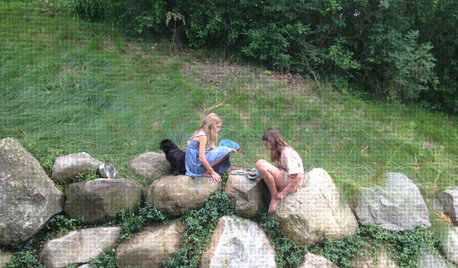


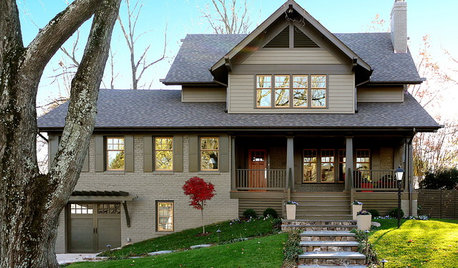
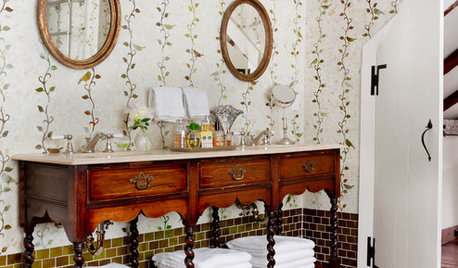
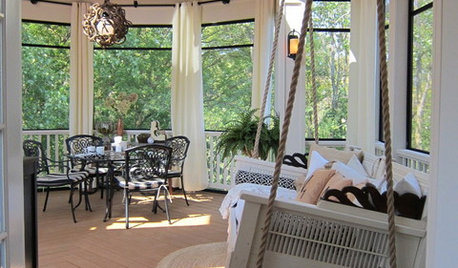


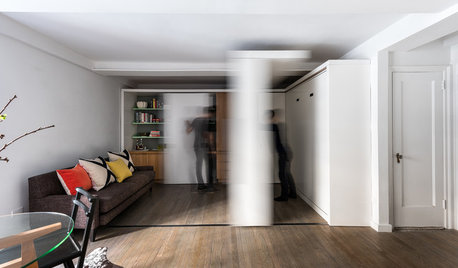




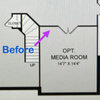



worthy
callisto9Original Author
Related Discussions
worm observations, and bin questions...LONG post
Q
Waterproofing corners where basement floor and wall meet?
Q
Pics of our FR black painted brick fireplace (long post)
Q
Going small? The post is sure long....
Q
worthy
shouts
alabamanicole
max4ever
susancryor
wtrprfr
thatgirl2478
wtrprfr1
thatgirl2478